
Expanding the text:
Gardening in schools does not need much time or space. You can grow plants in pots, boxes, or even on walls. Gardens help kids learn about plants, weather, and how food grows. They also teach teamwork and care for living things. Many schools have成功 gardens that teach science, math, and nature. With simple ideas, any school can create a happy garden. Students can see flowers bloom, vegetables grow, and insects visit. Gardening makes learning fun and connects kids to the earth.
Gardening in schools is easy and full of surprises. Imagine students growing tomatoes or planting flowers together! It teaches them about life cycles and healthy eating. Schools can use small spaces or creative ways like hanging baskets. Gardening also helps kids relax and enjoy the sunshine. With these ideas, every school can start a green adventure. Let’s make learning grow with fun and nature!
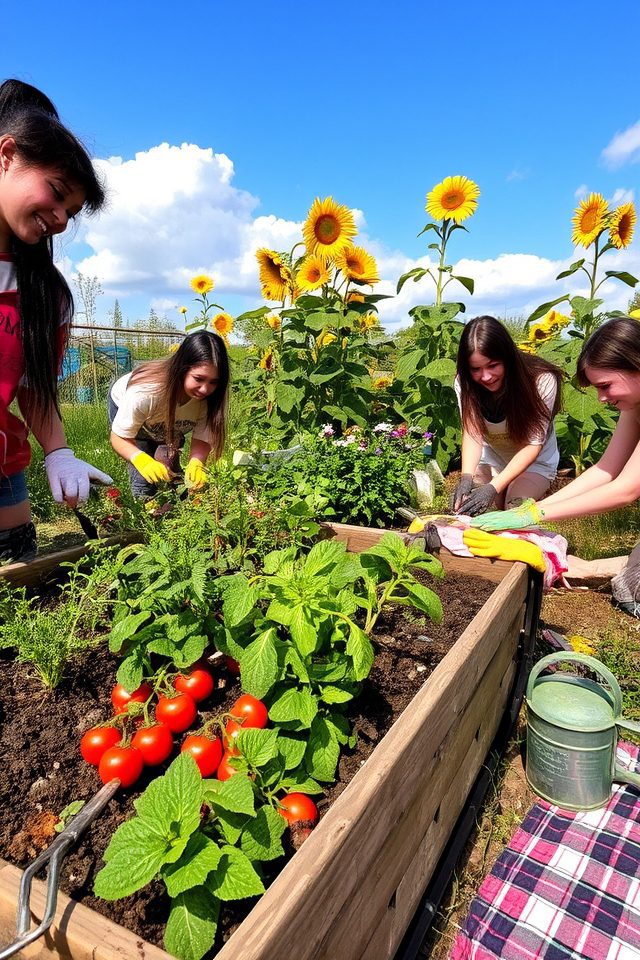
Creating a community garden at school fosters collaboration, learning, and environmental stewardship among students and staff. By involving the entire school community, from teachers to families, this project can transform a small plot of land into a vibrant growing space. Students can engage in planning, planting, and maintaining the garden, learning about sustainable practices, biology, and teamwork. Additionally, a community garden offers a hands-on educational experience, promoting healthy eating and appreciation for nature.
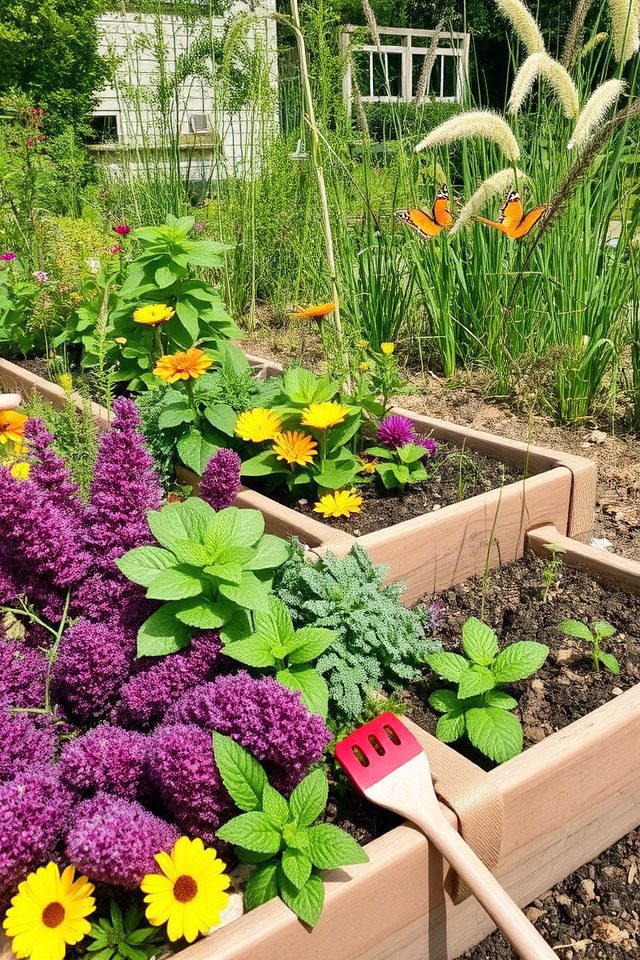
Themed planting projects can ignite students’ creativity and deepen their understanding of various subjects through hands-on learning. By organizing gardens based on themes like edible plants, native species, or even historical eras, schools can create vibrant learning environments. For example, a sensory garden with fragrant herbs and colorful flowers engages students’ senses, while a butterfly garden can teach them about ecosystems and pollination. Each theme not only enhances the garden’s aesthetic but also enriches the curriculum across various disciplines.
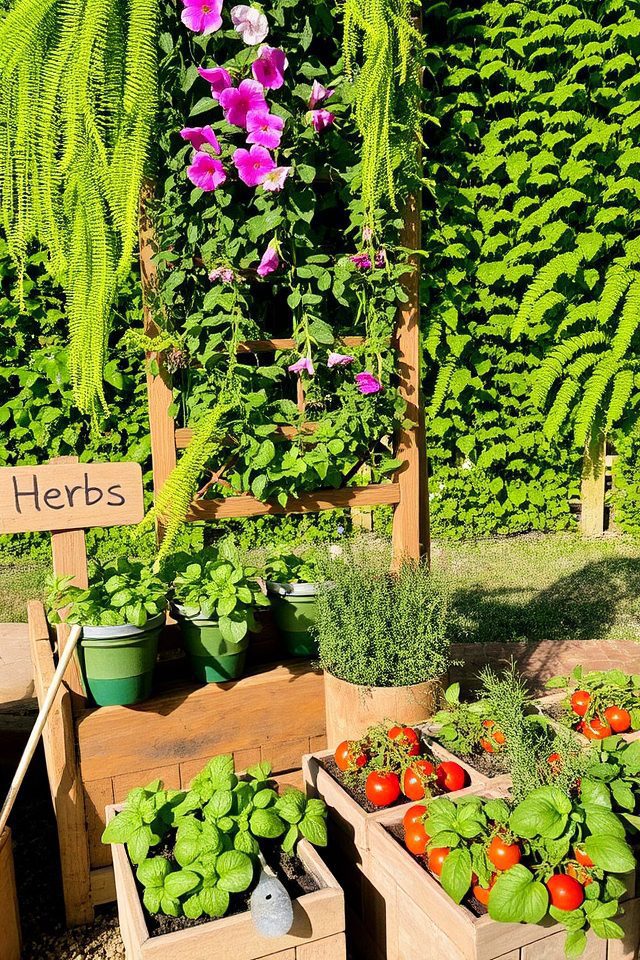
Vertical gardening spaces are an excellent way for schools to maximize their gardening potential, especially in limited areas. By utilizing walls, fences, and vertical planters, students can grow a variety of plants such as herbs, flowers, and vegetables. This innovative approach not only enhances the aesthetic appeal of the school environment but also encourages students to engage in hands-on learning about botany, sustainability, and nutrition. Vertical gardens promote teamwork and responsibility as students tend to their green spaces.
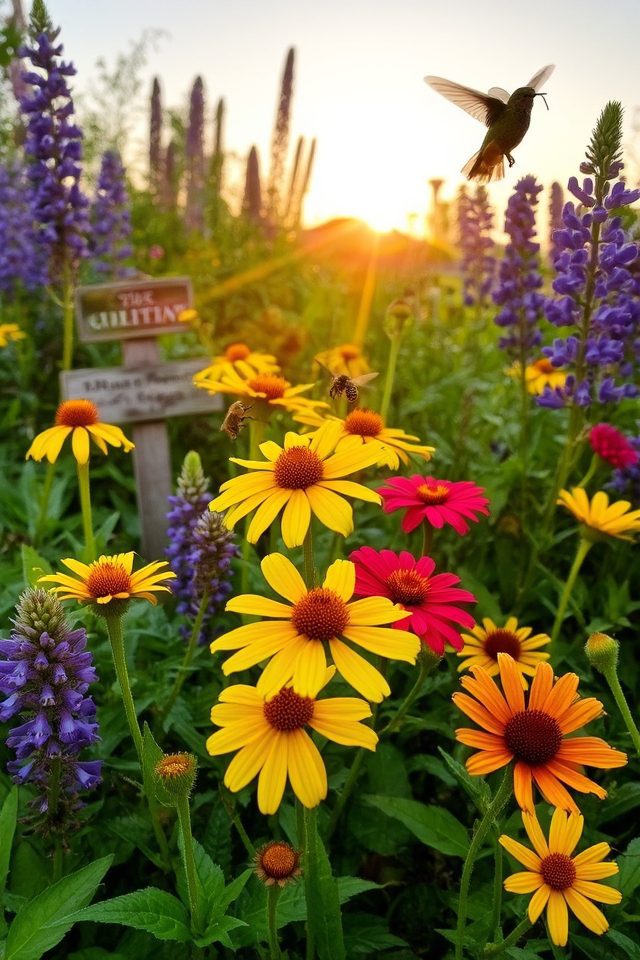
Pollinator gardens are a vibrant way to engage students with nature while supporting local ecosystems. These gardens are specifically designed to attract crucial pollinators like bees, butterflies, and hummingbirds. By planting a diverse array of native flowering plants, schools can create a habitat that promotes biodiversity and enhances learning opportunities about life cycles, plant biology, and environmental stewardship. Incorporating hands-on activities, students can learn about the critical role pollinators play in food production and ecosystem health.
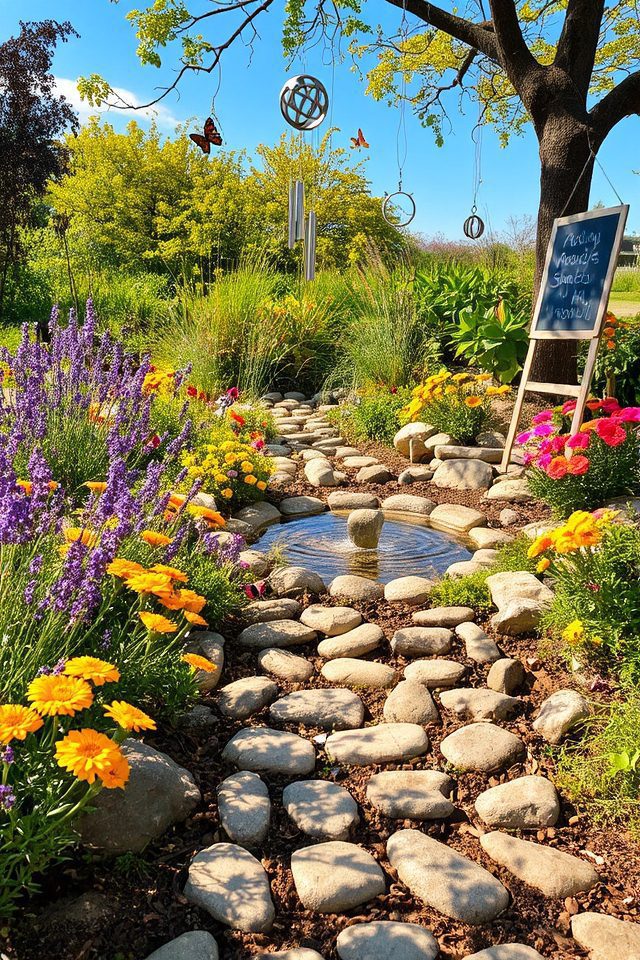
Sensory gardens are a fantastic way for schools to engage students with nature through touch, sight, sound, smell, and taste. These gardens often feature vibrant flowers, aromatic herbs, textured plants, and even interactive elements like water features or wind chimes. By incorporating diverse plants and sensory elements, sensory gardens create an immersive environment that stimulates curiosity and encourages exploration, making them ideal for students of all ages and abilities to learn about the natural world.
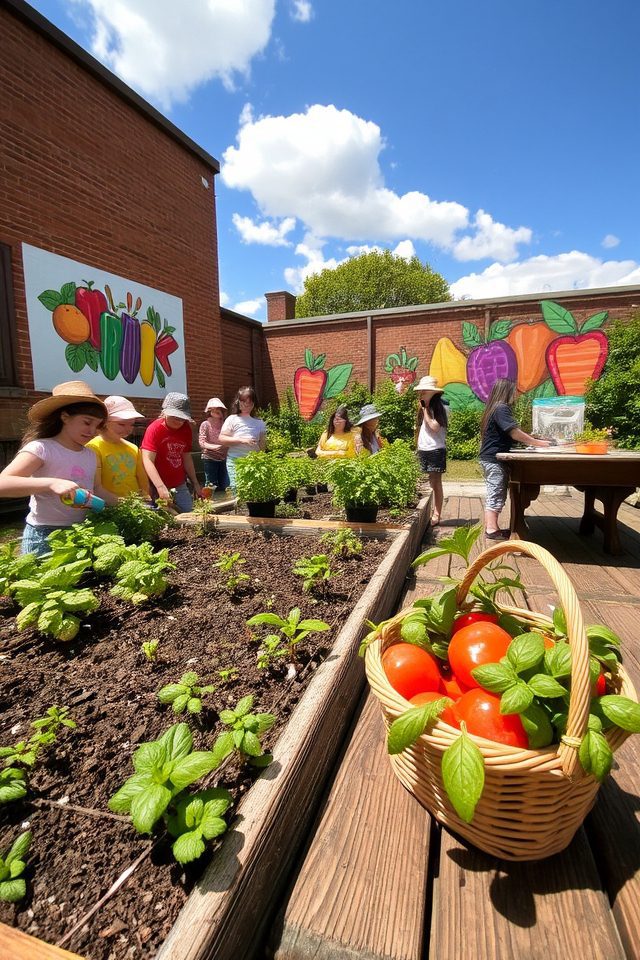
Edible schoolyards are a fantastic way to engage students in hands-on learning while promoting healthy eating habits. These gardens can be designed to grow a variety of fruits, vegetables, and herbs, allowing students to witness the full cycle of food production, from planting to harvesting. Incorporating gardening lessons into the curriculum fosters teamwork, responsibility, and an appreciation for nature. Additionally, edible schoolyards can enhance culinary skills and encourage students to make healthier food choices, creating a lasting impact on their lifestyles.
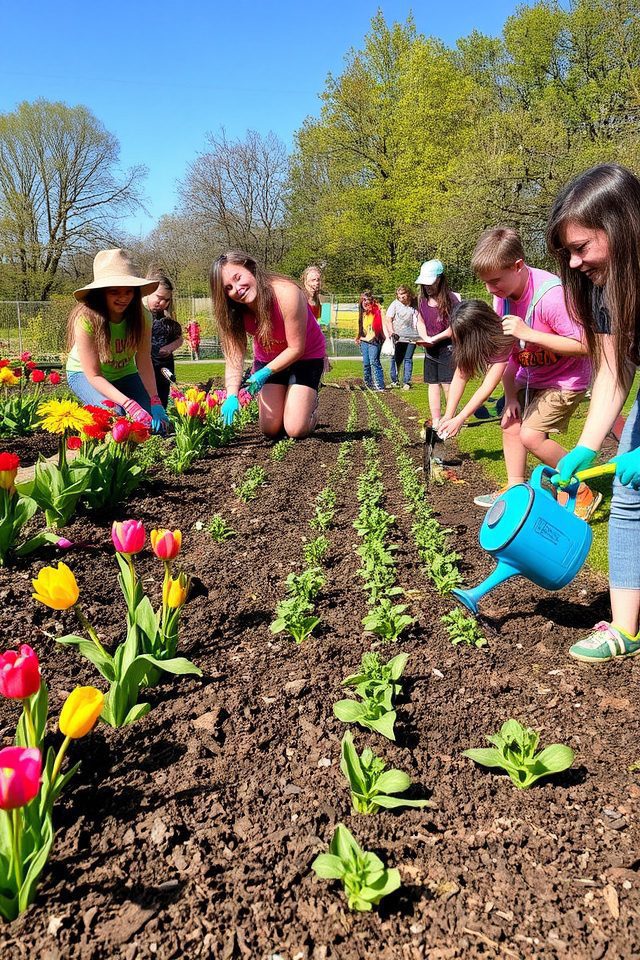
Seasonal planting activities in school gardens provide students with hands-on learning experiences that highlight the changing seasons. In spring, students can plant colorful flowers and vegetables, fostering a sense of responsibility as they care for their crops. Summer activities might include maintaining the garden and harvesting produce. In the fall, students can learn about perennials and bulbs, while winter can focus on planning for the next growing season. This cycle of planting reinforces lessons in biology and environmental science, while also promoting teamwork and creativity.
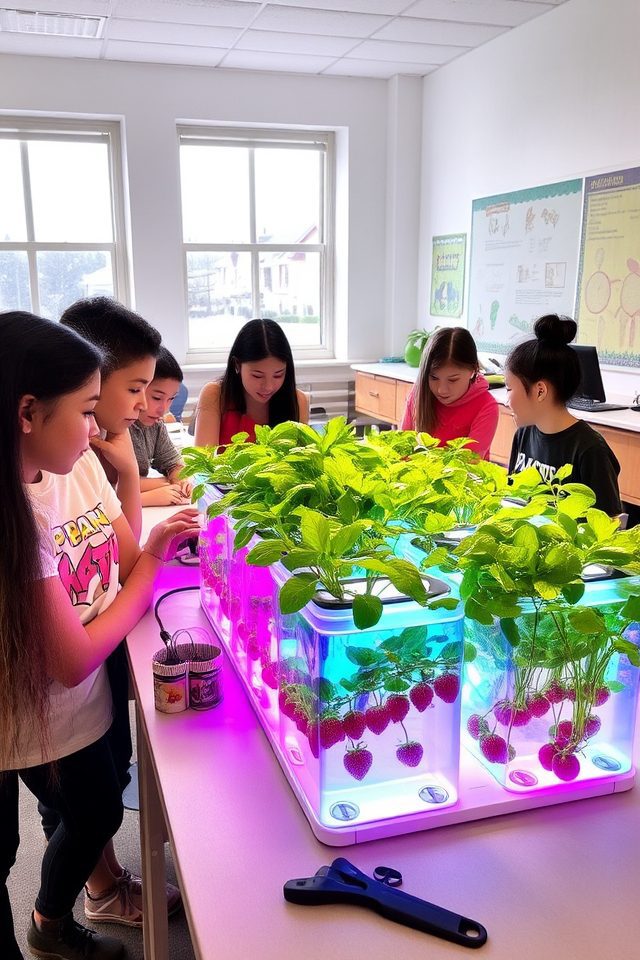
Hydroponic gardening stations offer an innovative way for schools to engage students in hands-on learning about science and sustainability. Utilizing a soil-less growing system, these stations allow students to cultivate plants using nutrient-rich water, making it an ideal option for limited space. Hydroponics can enhance lessons in biology, ecology, and environmental science while promoting healthy eating habits. By implementing hydroponic gardens, schools can create an interactive platform for students to learn about food production and environmental stewardship.
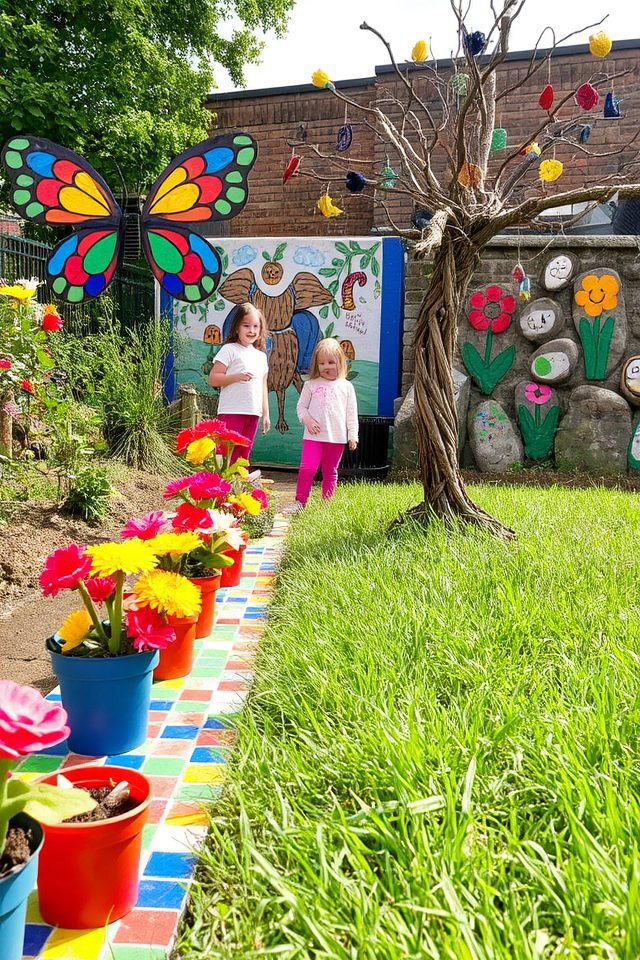
Garden art installations in school gardens can transform spaces into vibrant, imaginative environments. These installations can include colorful sculptures, painted rocks, mosaic pathways, and interactive pieces made from recycled materials. They not only enhance the aesthetic appeal but also encourage creativity and engagement among students. By involving students in the creation of these art pieces, schools can foster teamwork and a sense of ownership, while simultaneously teaching environmental stewardship and artistic expression.
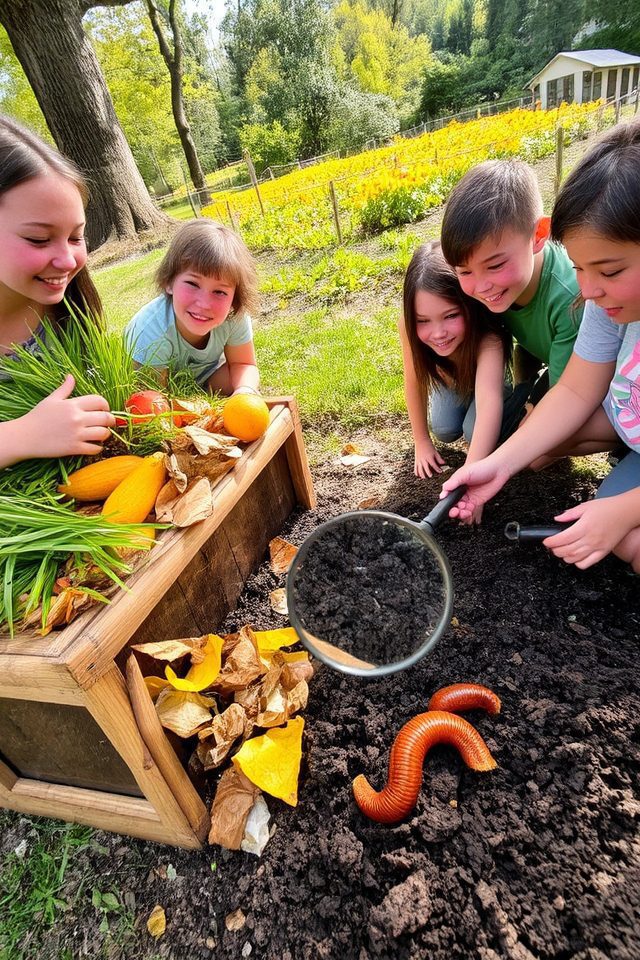
Composting projects in schools provide students with hands-on learning experiences about sustainability and environmental stewardship. By setting up a compost bin, students can recycle organic waste like fruit peels, vegetable scraps, and paper products, transforming them into nutrient-rich compost for the school garden. This project teaches essential concepts such as decomposition, nutrient cycles, and the importance of reducing waste. Engaging students in composting fosters teamwork and responsibility while enhancing their appreciation for nature and gardening.
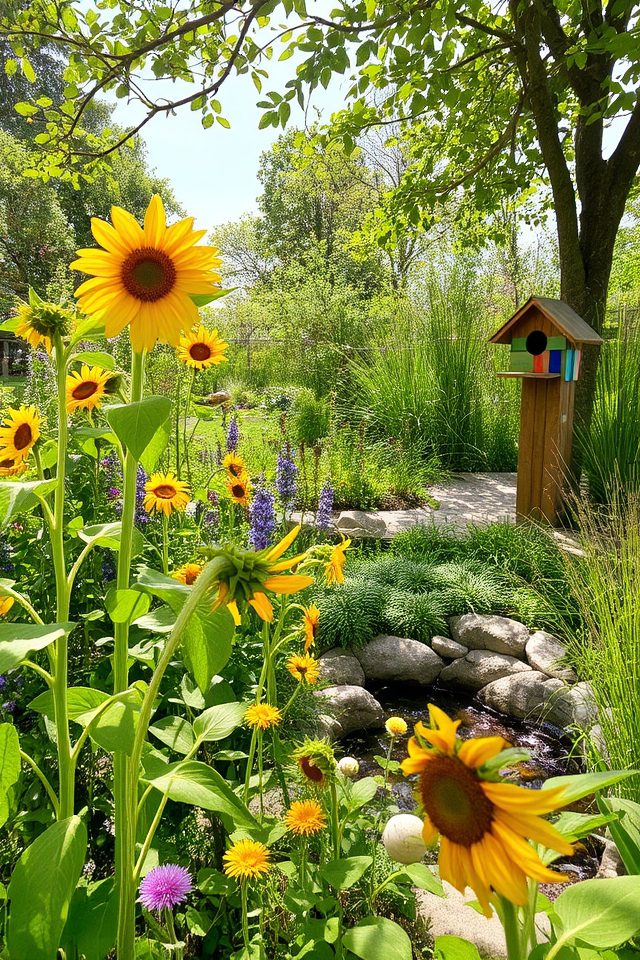
Creating wildlife habitats in school gardens not only fosters biodiversity but also enhances students’ understanding of ecosystems. Incorporating native plants, birdhouses, bee hotels, and small ponds can attract various wildlife, including birds, bees, and butterflies. These habitats serve as outdoor classrooms where students can observe and learn about different species, their behaviors, and their roles in the environment. Engaging students in maintaining these spaces encourages responsibility and a deeper appreciation for nature.
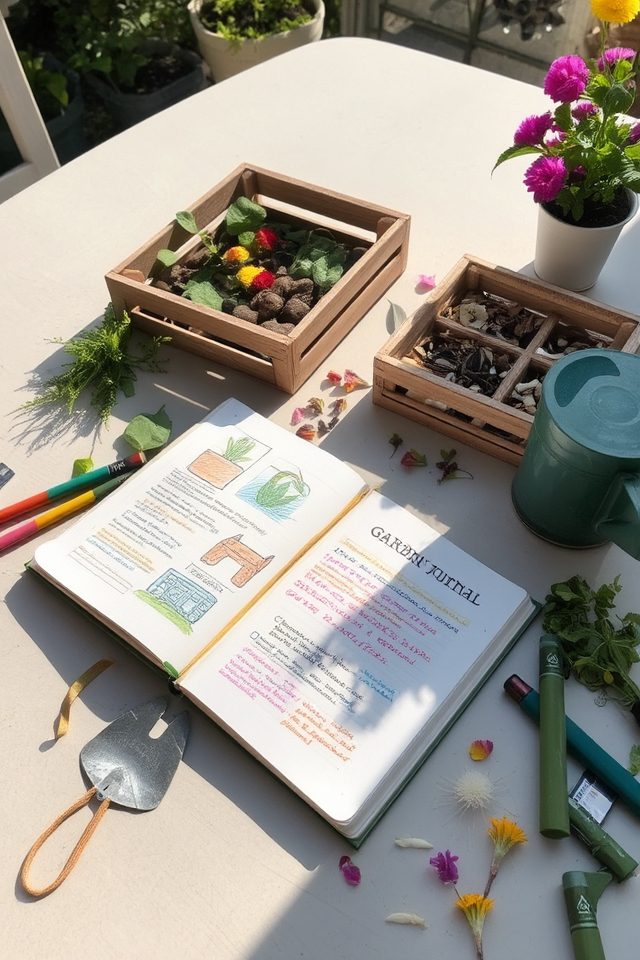
Garden journals are an essential tool for students to document their gardening experiences. They can record planting dates, growth patterns, weather conditions, and observations about plant health. This practice not only enhances their understanding of gardening but also encourages reflective learning. Additionally, students can incorporate drawings, photographs, and notes to create a visual diary of their progress. By maintaining a garden journal, they develop essential skills in observation, writing, and critical thinking while fostering a connection to nature.
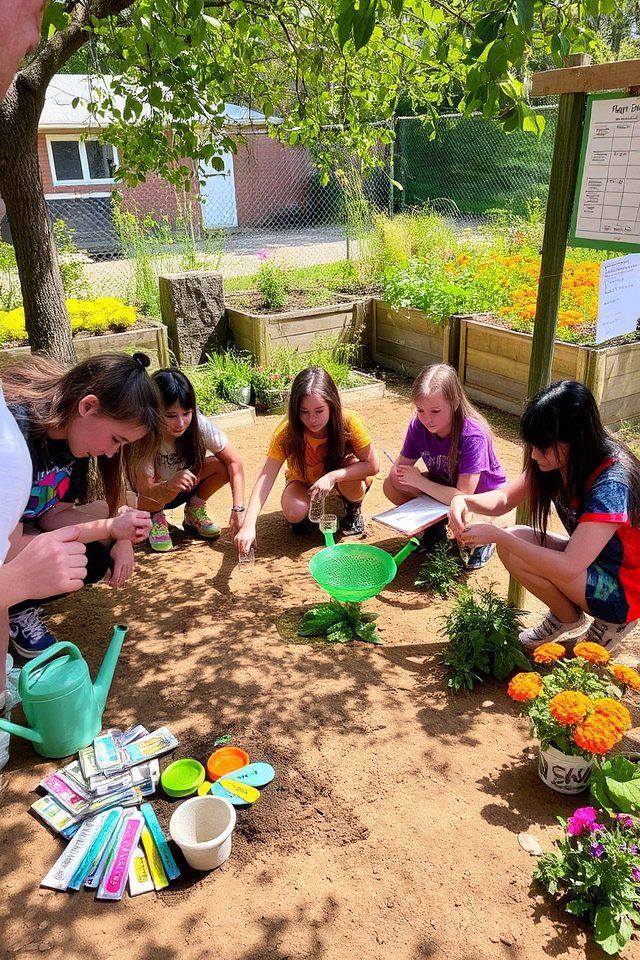
Scientific experiments in the school garden can foster curiosity and critical thinking among students. By exploring topics such as plant growth, soil health, and biodiversity, students can conduct experiments like measuring the effects of different soil types on seed germination or testing the impact of sunlight versus shade on plant health. These hands-on activities not only enhance understanding of scientific concepts but also promote teamwork and observational skills, making learning engaging and practical.
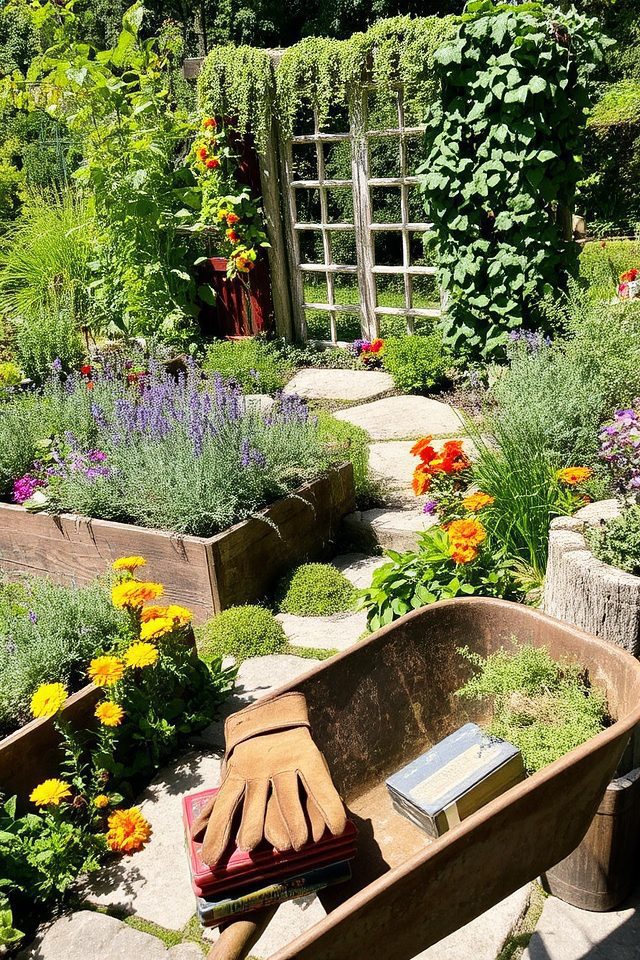
Historical gardens offer a rich tapestry of culture and education, making them an excellent resource for school gardening projects. Students can explore the design, plant varieties, and purposes of different historical gardens, such as colonial herb gardens or Victorian flower beds. By researching and recreating these gardens, students learn not only about horticulture but also about the historical context and the relationship between people and nature throughout time. This hands-on approach fosters appreciation for biodiversity and sustainable practices.
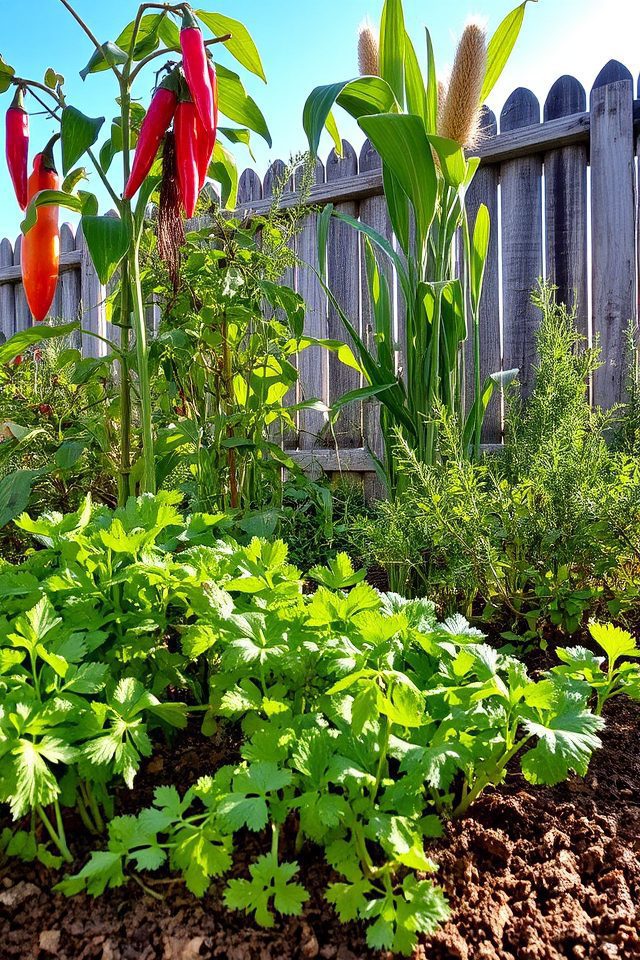
Cultural plant studies in school gardening programs offer students a unique opportunity to explore the significance of various plants across different cultures. By incorporating diverse species that reflect the traditions, uses, and values of various communities, students can learn about the historical and cultural contexts of these plants. This hands-on approach fosters respect for biodiversity and encourages discussions on sustainability, nutrition, and environmental stewardship, making learning both engaging and enlightening.
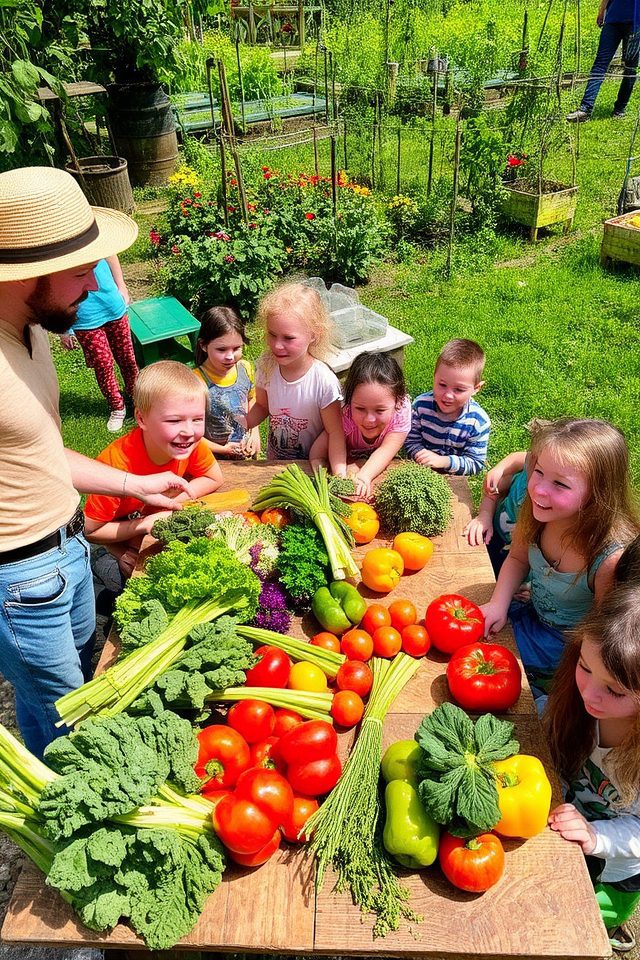
Collaboration with local farms can greatly enhance school gardening projects. By partnering with nearby farms, schools can gain access to expertise, resources, and fresh produce. Local farmers can offer hands-on workshops, teaching students about sustainable practices, crop cycles, and organic gardening techniques. This collaboration not only enriches the educational experience but also fosters community connections, promotes healthy eating, and can even lead to farm-to-school programs, ensuring students benefit from fresh, locally sourced food.
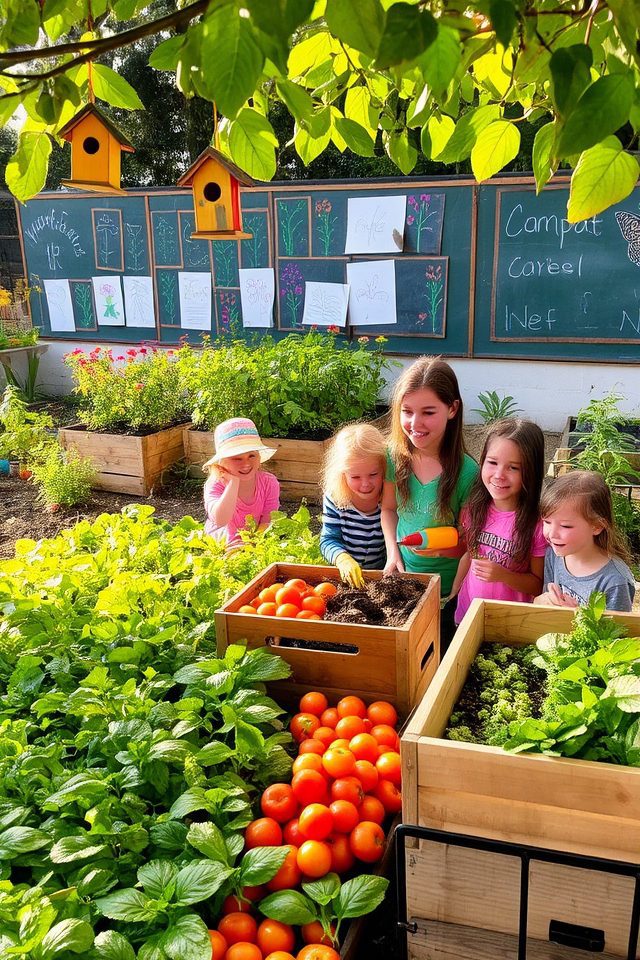
Gardening clubs and activities in schools provide a fantastic opportunity for students to connect with nature, learn valuable skills, and foster teamwork. These clubs can organize hands-on projects such as planting flowers, growing vegetables, and maintaining gardens. Interactive activities, like workshops on composting or creating birdhouses, encourage creativity and environmental awareness. Engaging in gardening not only enhances students’ understanding of ecosystems but also promotes responsibility and a sense of accomplishment as they nurture their plants toward growth.
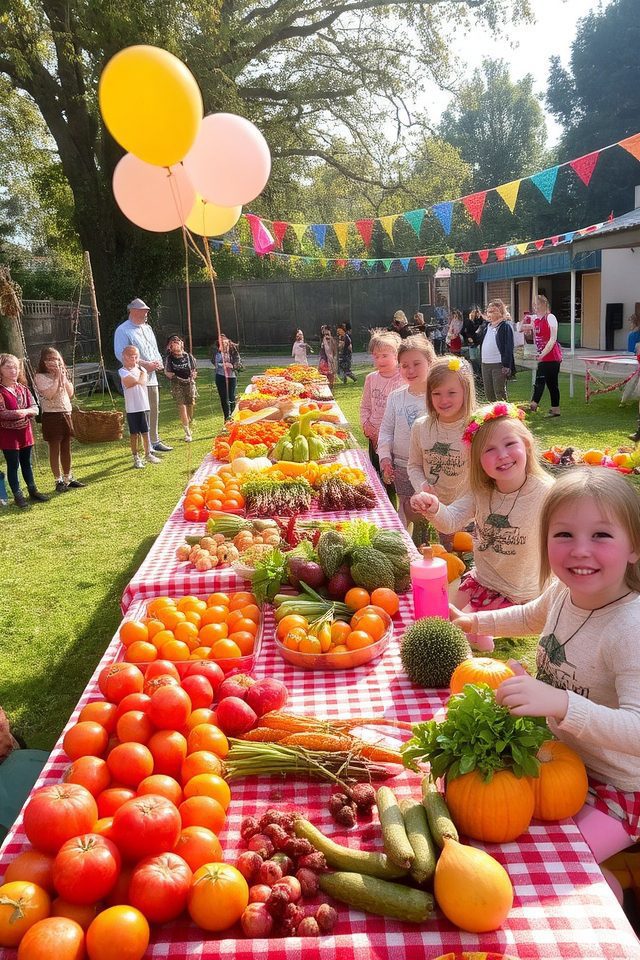
Harvest festivals and celebrations in schools are vibrant events that highlight the fruits of students’ labor in the garden. These gatherings not only showcase the produce grown during the year but also promote community spirit and education about sustainable practices. Activities can include tasting fresh fruits and vegetables, hosting fun games, and organizing creative craft stations. Students can share their gardening experiences, fostering a deeper appreciation for nature and healthy eating within the school community.
By embracing these 18 gardening ideas, you’re not just planting seeds—you’re cultivating a garden of knowledge and creativity. Each initiative, from themed gardens to collaborations with local farms, can thrive in your school, making learning a hands-on experience. Watching students grow together, both literally and figuratively, will truly bring their education to life. So dig in and let your students reap the rewards of this green adventure—it’s a win-win for everyone involved!

Don't let aphids, slugs, and caterpillars ruin another plant. Take back control with simple, natural methods that actually work.